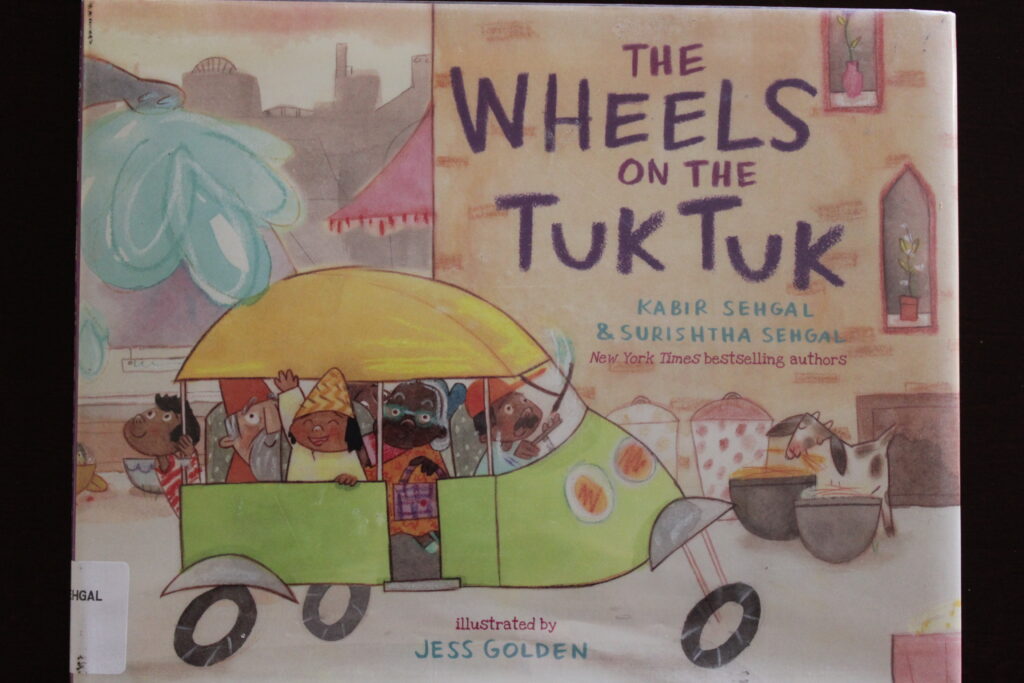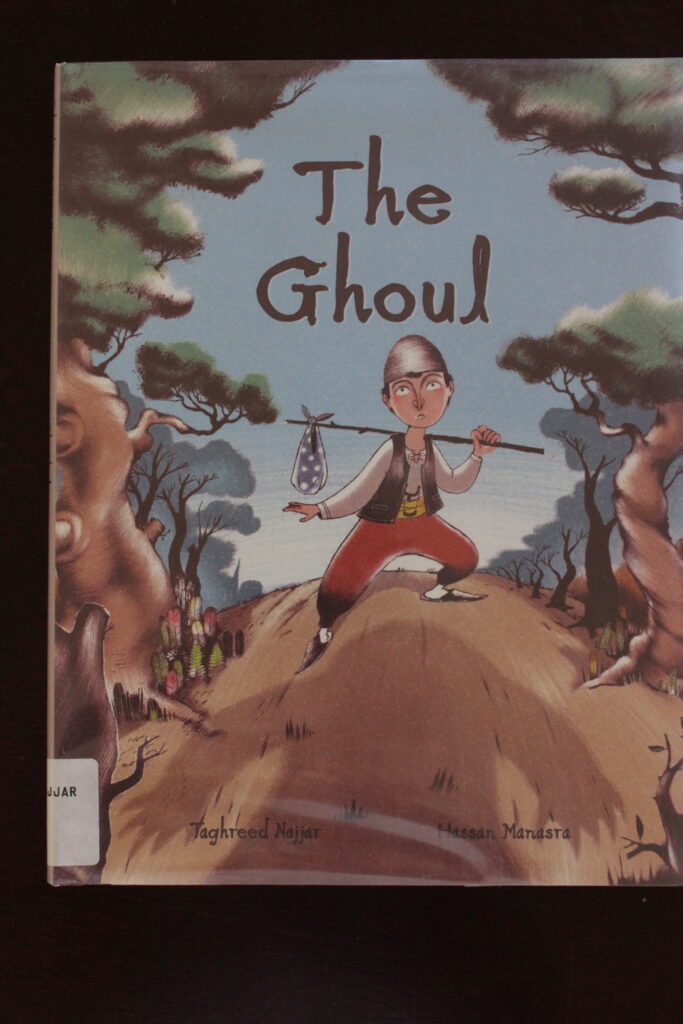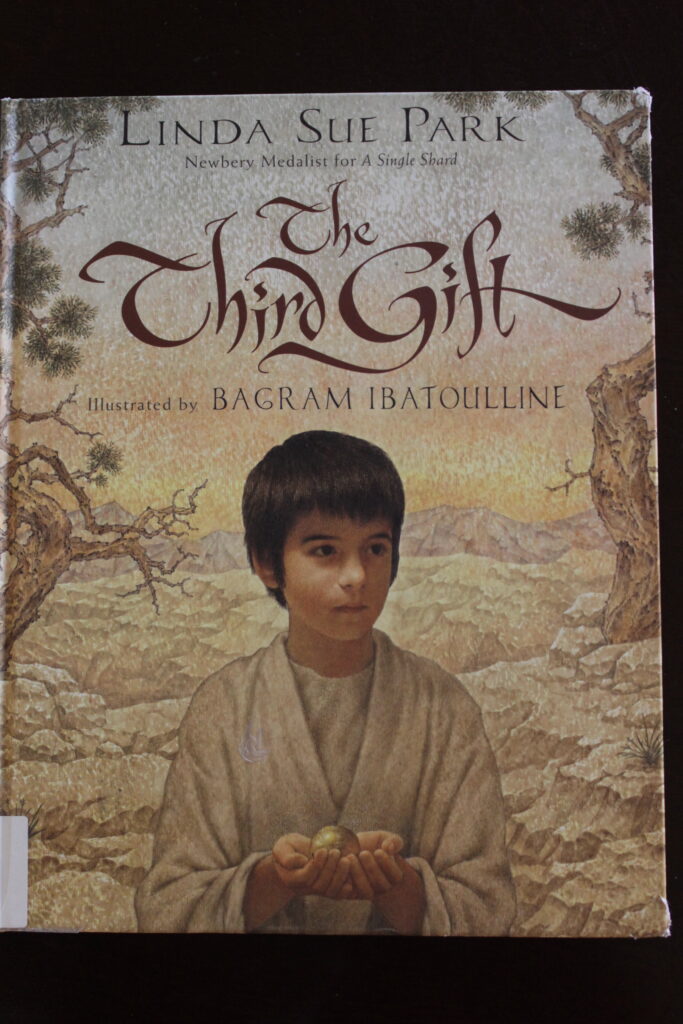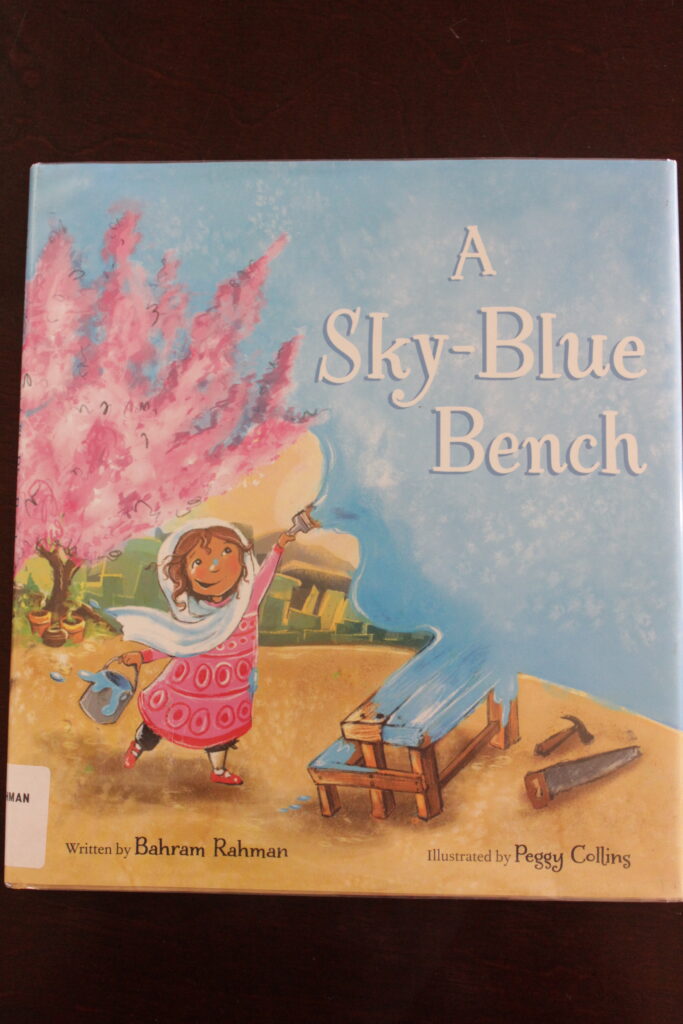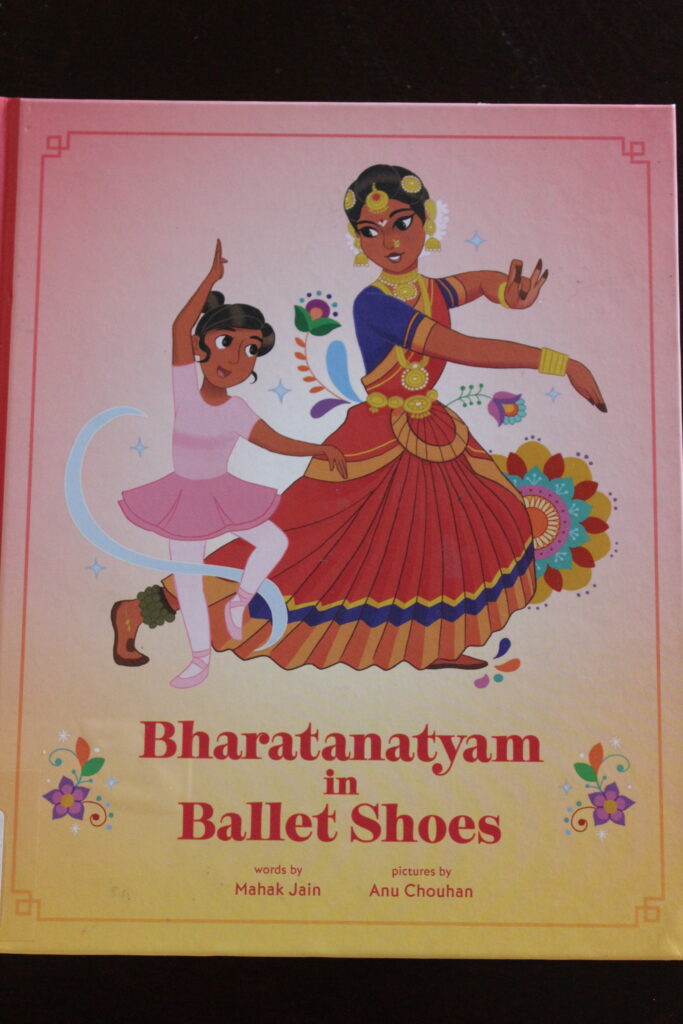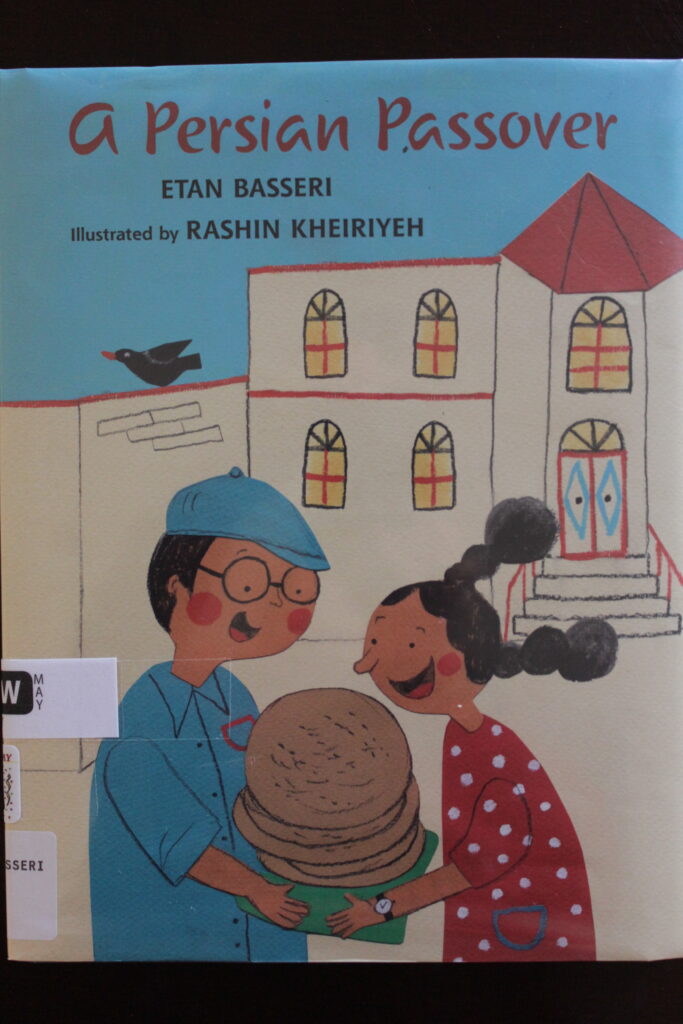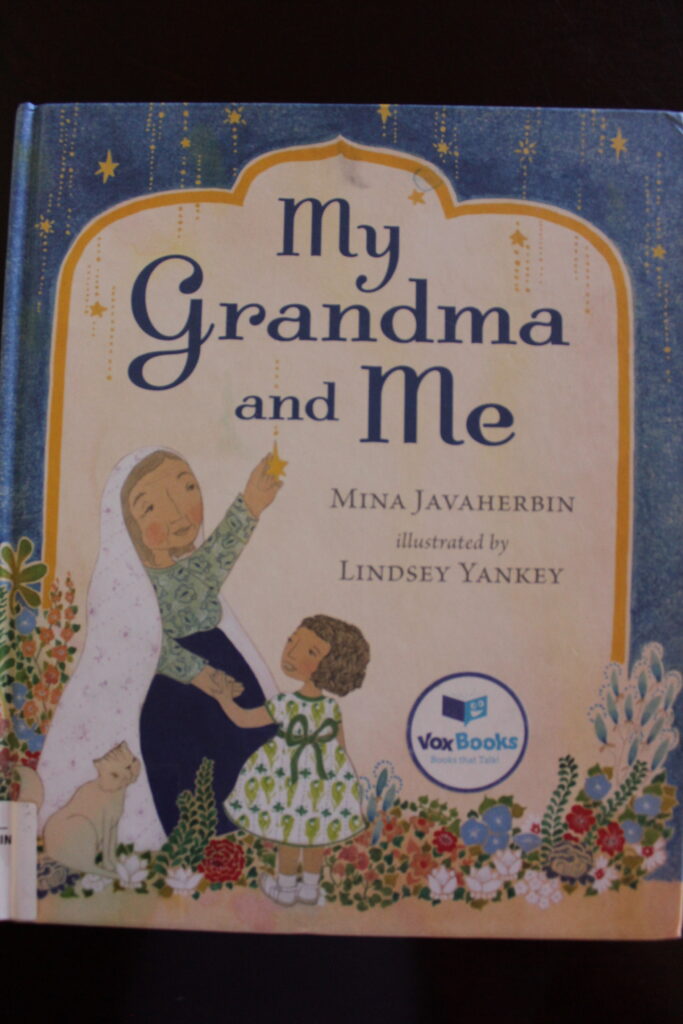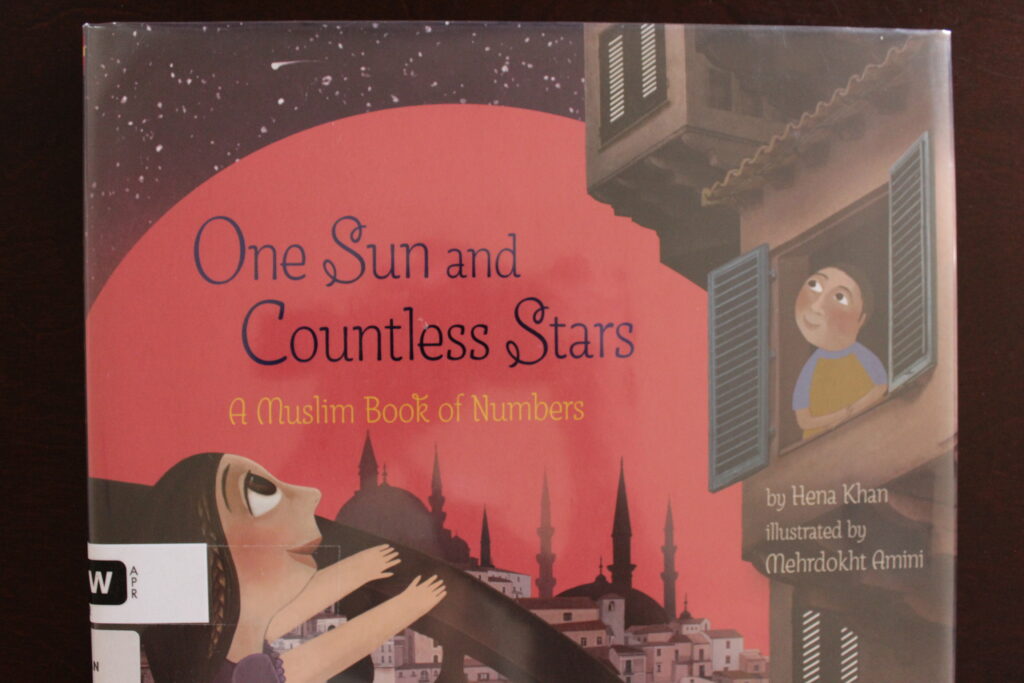By Kashmira Sheth, Illustrated by Jeffrey Ebbeler (Peachtree – 2020)
Jiva looks forward to a feast of peas from his garden, but when they are stolen at harvest time. Jiva sets out to catch the thief, and not a single precaution, he takes – a fence, a scarecrow – prevents the next theft. Finally Jiva catches the thief and it’s his friend Ruvji! Jiva gives Ruvji the punichment to cook a feast for him, so Ruvji are carefully prepared several dishes with peas. They are delicious! and Jiva celebrates a feast of peas with Ruvji together. >>>kashmira sheth’s books in SHI collection.

Jivaは畑のエンドウマメのご馳走を楽しみにしていたが、収穫時になると、エンドウマメを盗む人がいた。Jivaは犯人を捕まえようと、柵を巡らしたり、案山子を立てたりして、更なる被害を予防した。そしてついにJivaが犯人を捕らえると、それは友人であるRuvji であった。罰として、JivaはRuvjiにエンドウマメのご馳走を作る仕事を与えたので、Ruvjiは注意深くエンドウマメの料理をいくつかJivaの為に用意した。それらは最高に美味しかった!JivaはRuvjiと一緒に、エンドウマメのご馳走を満喫した。>>>SHI コレクションにあるkashmira shethの作品。

